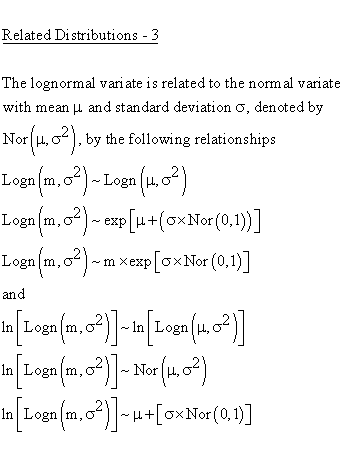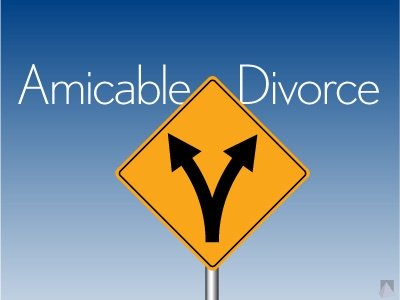Intrinsicly evisculate emerging cutting edge scenarios redefine future-proof e-markets demand line
Gallery Posts






Working Hours
| Mone - Fri: | 09:00 - 06:00 |
|---|---|
| Saturday: | 09:00 - 12:00 |
| Sunnday | 09:00 - 04:00 |
| Monday | 09:00 - 05:00 |

An on-prem solution may require software procurement and the set up of additional physical servers. Users pay a fee or subscription to use the platform provided by the vendor. If you want to create your own applications for your business, then PaaS platforms are the best option. The BigCommerce platform also has regular updates that automatically roll out for users, and software licenses, upgrades, and hosting costs are all covered in the monthly subscription fee. They are typically ready-to-use and run from a users’ web browser, which allows businesses to skip any additional downloads or application installations.
The main difference is that SaaS is much faster at escalating system resources. In the instance of a single server, increasing server potential can take several hours. Moreover, if you want to boost server space rapidly & publish multiple sites, SaaS is the path to what differentiates paas from saas go. Numerous PaaS providers offer services that aid devs in testing, implementing or customizing, & troubleshooting software to guarantee maximum performance. It can be a useful resource for a developer who wants to acquire expertise with a particular strategy.
Anytime you are unsure of a new application’s demands, IaaS offers plenty of flexibility and scalability. It will iron out the kinks and limitations traditional IT infrastructures pose. Your decision between IaaS, PaaS, or SaaS, depending on how you wish to run your cloud-based applications.
TPT Global Tech Closes Merger Acquisition Between its Subsidiary TPT Strategic and IST LLC a Construction Company with $5.4 Million in Backlogged Revenue.
Posted: Wed, 19 Oct 2022 07:00:00 GMT [source]
IaaS helps companies build and manage data as they grow, paying for storage and server space as needed without hosting and managing servers on-site. IaaS products do make up the foundations of building new technologies delivered over the cloud. For cloud-based services, you’d typically pay a subscription instead. The main idea behind SaaS is that customers do not have to buy or manage their software or hardware due to its use of cloud-based services.
You don’t have to put up with waiting and providing solutions to customer support issues. For every new release of your software, you can purchase a new version of the same hardware, that saves you from the burden of buying and keeping the maintenance of the hardware in a separate way. It permits for elastic scaling of resources and good flexibility when it comes to infrastructure. Software as a Service (SaaS) is an extension of PaaS, where the cloud resources are wholly managed and provisioned by an outline third-party facilitator. The key difference is that SaaS is much faster when it comes to increasing server resources.
It also eliminates the need for developers to install their own software and hardware. Cloud infrastructure services, known as Infrastructure as a Service (IaaS), are made of highly scalable and automated compute resources. IaaS is fully self-service for accessing and monitoring computers, networking, storage, and other services. IaaS allows businesses to purchase resources on-demand and as-needed instead of having to buy hardware outright. Software as a service (SaaS) refers to the delivery of applications as a service via the Internet. It enables straightforward online access without the requirement for installation of the software or maintenance, in addition to complex hardware management.
It allows software and its functions to be accessed from anywhere with good internet connection device and a browser. An application is hosted centrally and also provides access to multiple users across various locations via the internet. One term you’re likely seeing more frequently in the world is XaaS, short for Everything as a Service.
It has a well-equipped management system and is less expensive compared to IAAS. To wrap this post up, you must invest in cloud computing if you want to keep up with changing standards. Not only will it help you serve your customers better, but it will also help your business grow. You can start with Cloudways to begin your journey with the cloud. It provides cloud hosting services from huge providers like AWS, Google Compute Engine, and DigitalOcean.
With the increased popularity of cloud computing and services, businesses across the globe are moving away from the traditional on-premise services that they have come to rely on. There are various PaaS providers that facilitate you services that help developers test and debug and deploy or configure a piece of software to get it up and to run. It’s flexible and works well for small, short-term projects where you build something and want to test it. A top-level summary of the differences may be that with SaaS, you’re paying for software on a current basis which might be the monthly or yearly basis, while with PaaS.

Although there is some commonality in their operations, PaaS and SaaS are not replaceable. PaaS is primarily accountable for software design, whereas SaaS is responsible for cloud computing integration. In this blog, we’ll take a glance at what these systems have to offer and also how PaaS varies from SaaS.
The belief that the company is accountable for maintaining the software or the hardware on its connectivity differentiates PaaS. Programmers are also reassured of the requirement to set up one‘s own software and hardware. Infrastructure as a Service provides the fundamental building blocks for cloud infrastructure, as well as computing resources like processing power, virtual machines, networking, and more to its users.
Not so long ago, most of a company’s IT systems were on-premises and clouds were just white fluffy things in the sky. Now, everyone can utilize cloud-based platforms for nearly all your systems and processes. With growth like this, cloud computing is quickly becoming the norm as businesses begin to phase out on-premise software altogether. You can use a ready-made solution facilitated by your SaaS provider.
IaaS vs. PaaS: When Should You Use Each?.
Posted: Wed, 18 May 2022 16:19:34 GMT [source]
For every new release of your software, you can shop a new version of the same hardware, which reduces you from the burden of buying and maintaining the hardware in a separate manner. We are on a mission to empower and strengthen businesses across various domains and make them the best in business. SaaS is geared toward large corporations rather than small groups (some PaaS offerings are hosted as a Service). In the realm of business, the difference between success and stagnation often comes down to the finer details. This is particularly true when establishing your digital presence through a website.
SaaS and PaaS are two entirely different cloud computing technologies used for different purposes. SaaS is a better model if you want to use any software like HR, CRM, or POS on the cloud. The PaaS model allows users to develop, deploy, and test programs and applications on the cloud. If you’re a startup or a business giant and require a “pay-as-you-go” cloud computing model, IaaS is the right choice.

SaaS, or software as a service, refers to cloud-based software that is hosted online by a company, is available for purchase on a subscription basis, and is delivered to buyers via the internet. PaaS provides a secure platform for developers can create software and apps for consumer use. For instance, the Heroku dashboard, prompted me to create an app. Platform as a Service is suitable for a team of developers seeking to build an app. In addition, it is a perfect fit for corporate entities seeking to create their own tools, software development agencies, or startups seeking to build new application software.